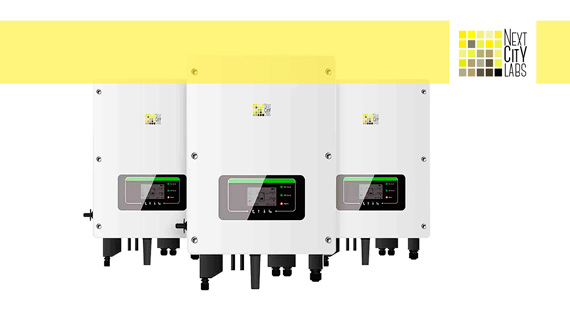Energy storage
Energy storage has become one of the greatest challenges of our era. In a world where energy consumption is increasing and we are facing a paradigm shift from fossil to renewable energy models, energy storage is the pivot on which all this change revolves.
Energy storage is a very important element to give safety and back-up to all the energy generated by renewables energies. So much so that it is a key player to change the whole tradicional electricity industry. In NextCity Labs® we keep researching for better solutions within this area.
Storage needs come from all levels: People, homes, businesses, and industries have increasing energy demands and it is necessary to have it fully available. It is therefore very important that this storage is ON and OFF the grid. This is crucial for remote areas where there is no electrical infrastructure, and very important as a backup to the main grid, which will be increasingly dependent on weather and environmental conditions. This field has driven positive spillover effects in other stationary applications, especially in power grid management. Storage can make the power grid stronger by avoiding thermal overloads, which in turn prevents investments in new energy transmission and distribution infrastructure and promotes energy security.
So electric systems powered by clean energies can work their best, and to reach a level of sustainability in accordance with the new environmentally responsible models within the framework of the Smart City philosophy, it is necessary to implement the most sustainable energy storage systems available on the market.
There are several types of energy storage, but one of the most efficient and widely used today is lithium-based. Thanks to chemical research, much progress has been made in this area, developing systems that are much more suitable than lithium-ion. Lithium iron phosphate (LiFePO4) is the most widely accepted technology internationally, both domestically and in mass storage projects. This is due to its high safety, high efficiency even at high temperatures and a longer lifespan than other existing technologies. The lithium titanate technology (Li2TiO3) is also noteworthy, with an even longer life span and high performance even in very cold weather. These two technologies will undoubtedly shape the future in the coming years.
It should also be noted that these storage systems are improving traditional systems at the environmental level, due to a significant reduction of polluting elements and stricter recycling policies, of which we should all be part.












